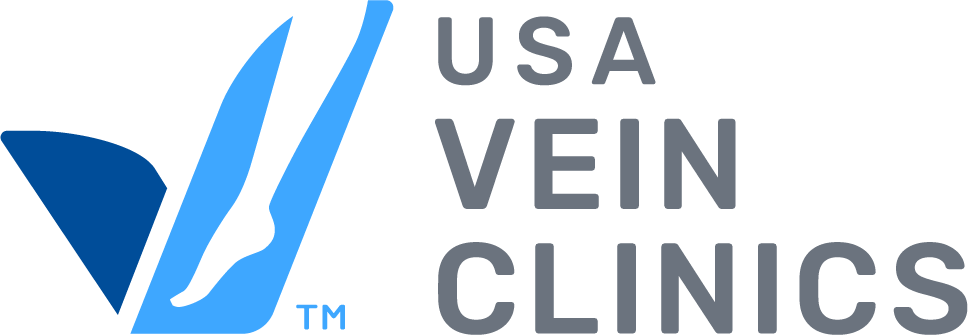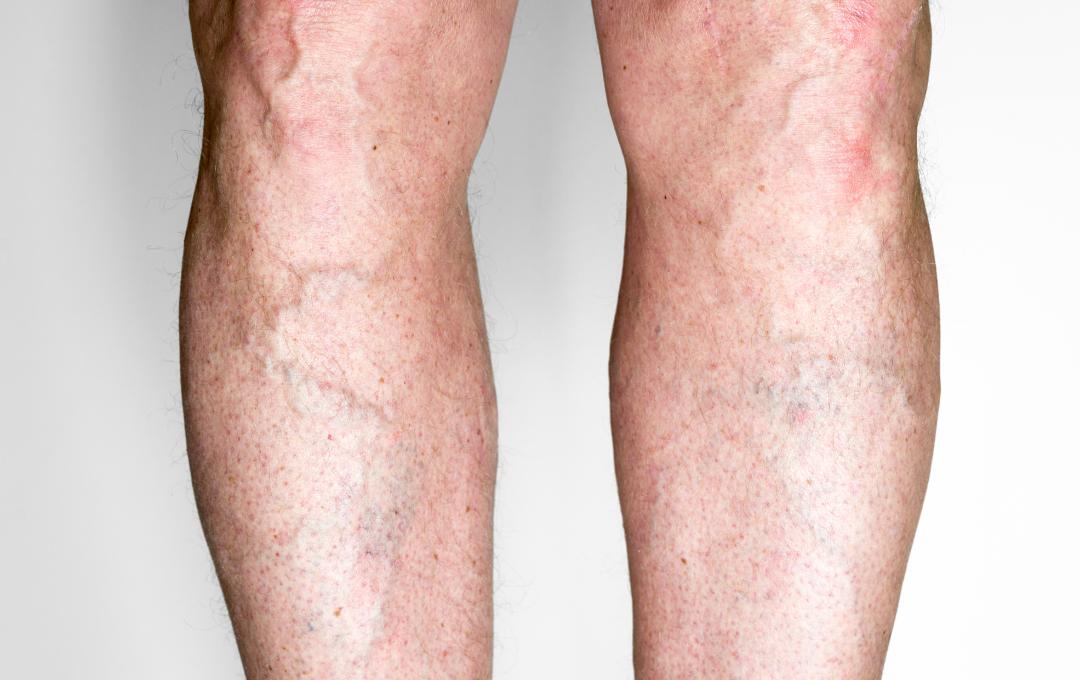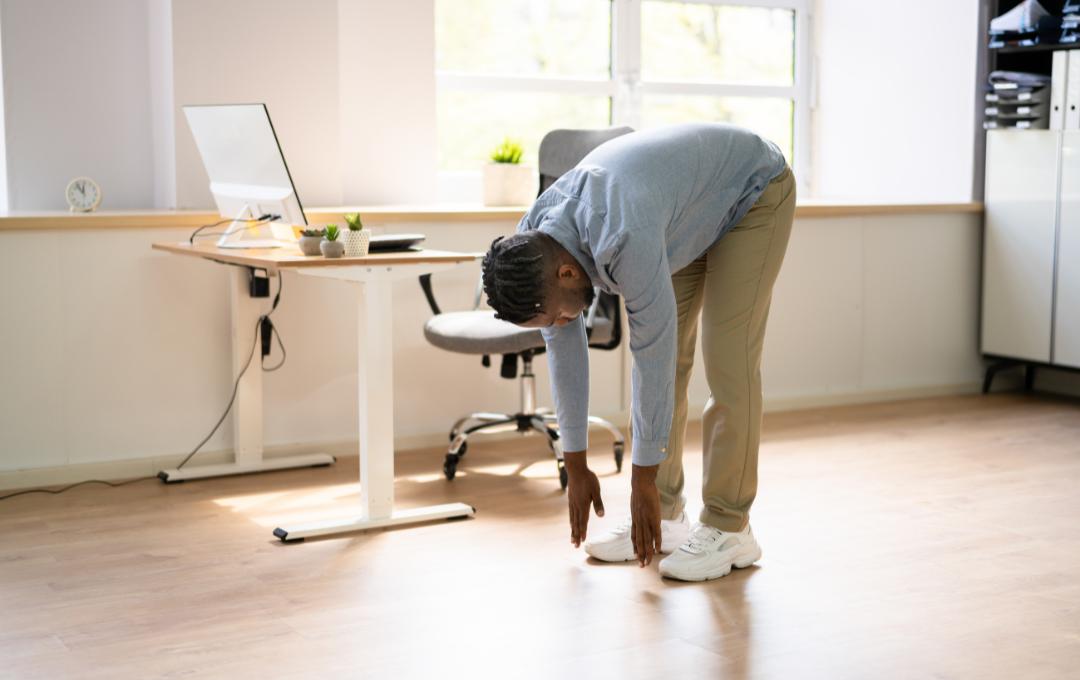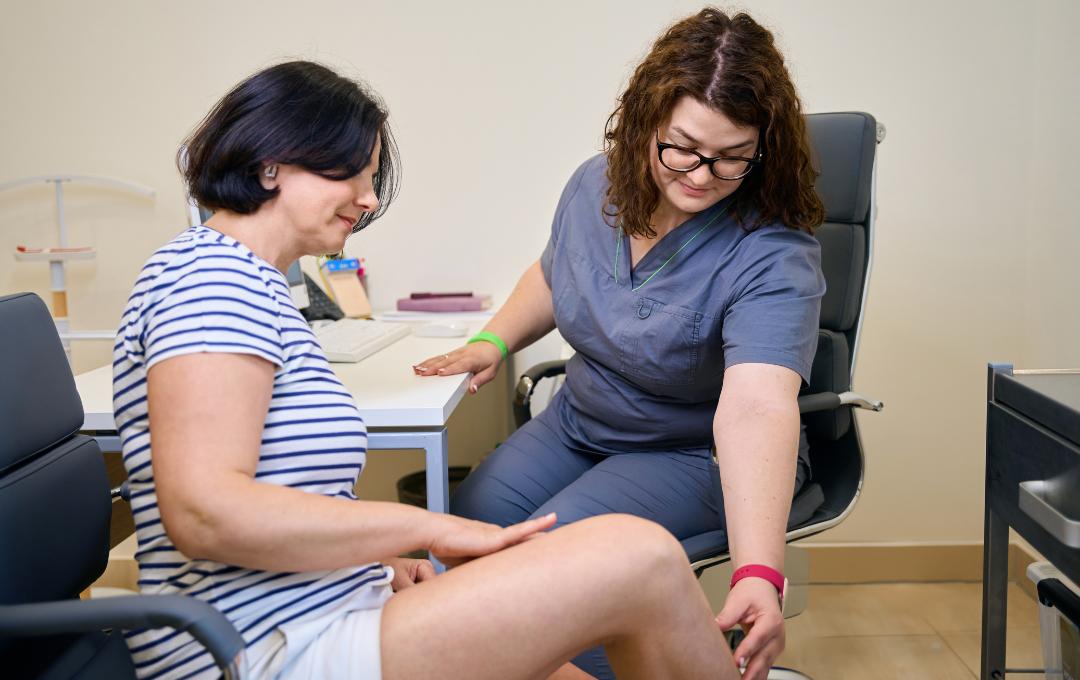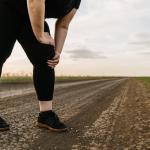
In our digitally connected world, many of us find ourselves sitting for longer periods without realizing the toll it takes on our vein health. Understanding how prolonged sitting or a sedentary lifestyle affects our vein health can empower us to make better choices. This blog will discuss how a sedentary lifestyle impacts veins, the signs of too much sitting, and simple changes to make to improve circulation.
The Effects of Sitting on Vein Health
Veins rely on a combination of muscle contractions and one-way valves to maintain proper blood flow. When you sit for long periods, you’re not using the leg muscles, so they can’t efficiently pump blood back to the heart. This causes blood to pool in the veins, leading to the development of varicose veins and spider veins, which are symptoms of vein disease.
Vein Health Risks of a Sedentary Lifestyle
A sedentary lifestyle can raise a person’s risk of developing vein disease. It can also increase the risk of heart disease, obesity, diabetes, and certain cancers, according to the National Institutes of Health. If someone develops vein disease from sitting too much, it can lead to complications that further impact a person’s life. This includes and (DVT). Addressing vein disease early can lower the risk of these complications.
Lower Your Risk. Schedule Here
Signs Sitting Too Much is Impacting Vein Health
The most common signs that indicate you sit too much are pain in the back, neck, eyes, or legs. People with vein disease may notice that symptoms such as leg swelling, fatigue, cramping, and pain worsen after sitting too long. The legs may also feel heavy, which is mainly caused by the blood pooling in the legs instead of back toward the heart. In some cases, leg pain can be alleviated after walking or elevating the legs. Some patients may not experience anything more than the appearance of varicose veins. However, other patients are significantly impacted by these symptoms, making minor tasks harder to accomplish like walking a flight of stairs.
Simple Changes to Offset a Sedentary Lifestyle
Taking the following steps to boost your circulation can help combat the effects of a sedentary lifestyle.
Add Movement to Your Day
Simple movements such as standing up, stretching, or walking around the office or at home can significantly improve circulation and reduce the risk of vein issues. You can set reminders on your phone or computer to prompt you to move around, preventing you from getting too absorbed in your work or entertainment.
Stretching and Strengthening Exercises
In addition to making more movement, adding a daily stretching or exercise routine can help offset a sedentary lifestyle. Some research suggests that yoga relieves pressure in the veins, helping with swelling and pain symptoms. Strength training can help the muscles pump blood back toward the heart.
View Exercises for Varicose Veins
Consider Using a Standing Desk for Work
Switching to a standing desk can be a game-changer for those who spend long hours at a desk. A standing desk encourages better posture and promotes more movement throughout the day. However, you need to make sure you move around from time to time because prolonged standing can also impact your veins.
Prioritize Nutrition and Hydration
Nutrition plays a role in supporting vein health and circulation. Adding foods with vitamins B3, C, and E, as well as foods with copper and potassium, can help circulation in the following ways:
- Strengthens blood vessels
- Controls cholesterol
- Reduces inflammation
- Protects veins from damage
- Lowers blood pressure
Staying hydrated is another key factor in maintaining good circulation. Dehydration can thicken the blood, slow down circulation, and increase the risk of clotting and varicose veins. You can also consider alternatives to sugary beverages such as tea. Additionally, foods like cucumbers, oranges, or celery have a high water content, helping to keep your blood flowing freely and your organs running efficiently. Making changes to your diet or making sure you’re drinking enough water can help with circulation. However, the best way to combat a sedentary lifestyle is to move around more.
Learn About Vein-Friendly Foods
When to Consider Vein Treatment
Even if you make changes to offset a sedentary lifestyle, it’s difficult to reverse the effects of damaged veins. Medical treatment may be necessary to alleviate leg pain, swelling, and varicose or spider veins. USA Vein Clinics offers minimally invasive treatments for vein disease that can effectively reduce symptoms and lower the risk of complications. Radiofrequency ablation, where radiofrequency energy is used to heat and close the vein, for example, is 99 percent effective in treating vein disease, according to a study from Cureus.
Scheduling a consultation with a vein specialist can provide clarity on the best course of action for your vascular health. Understanding your treatment options and ways to offset a sedentary lifestyle allows you to make informed decisions about managing symptoms and reducing potential complications. Take the first steps toward better circulation and long-term well-being by scheduling an appointment.
FAQs
How much should I move if I have a sedentary job?
It’s recommended to take short breaks every hour, moving for at least 5-10 minutes each time. Incorporating these breaks can help improve circulation and reduce the effects of prolonged sitting.
What happens to your legs when you sit too long?
Sitting too long can restrict blood flow, causing blood to pool in the legs and damage the veins. This can result in conditions such as varicose veins or chronic venous insufficiency.
What are some signs of poor circulation?
Common signs include swelling in the legs or ankles, numbness or tingling, muscle cramps, and persistent fatigue. If you notice these symptoms frequently, it may be time to schedule an appointment with a vein specialist.
Is it possible to improve vein health through diet alone?
A healthy diet is key to a healthy lifestyle, but it will not improve vein health alone. Those with varicose veins would need to move regularly, drink plenty of water, and receive vein treatment to help reduce the appearance and painful symptoms.
How long does it take to see improvements in circulation with lifestyle changes?
It’s unclear how long it takes to notice the benefits of a healthy lifestyle on circulation; however, improvements can be more apparent if the changes are sustained over time.
